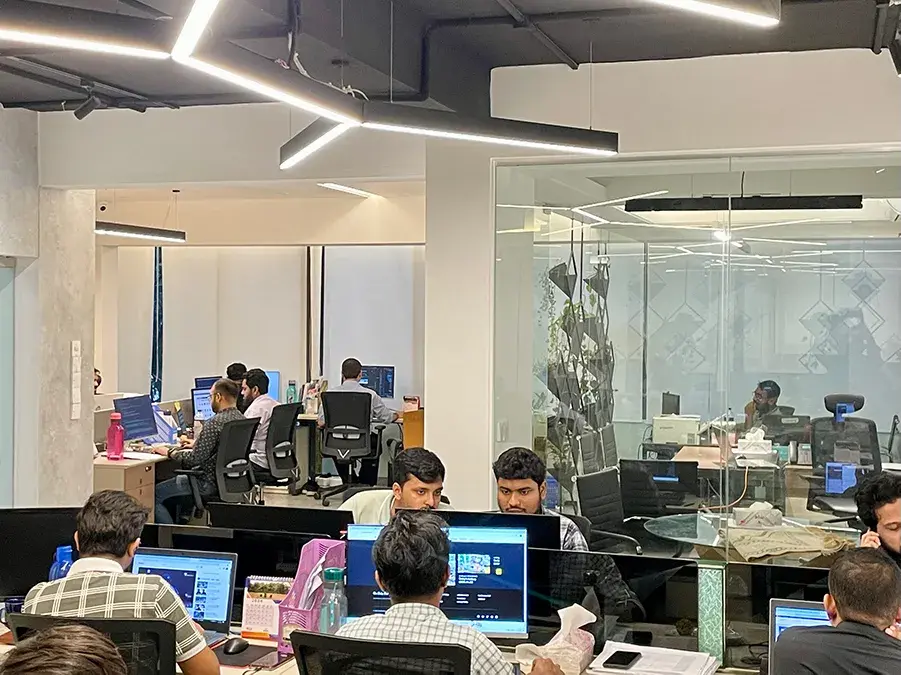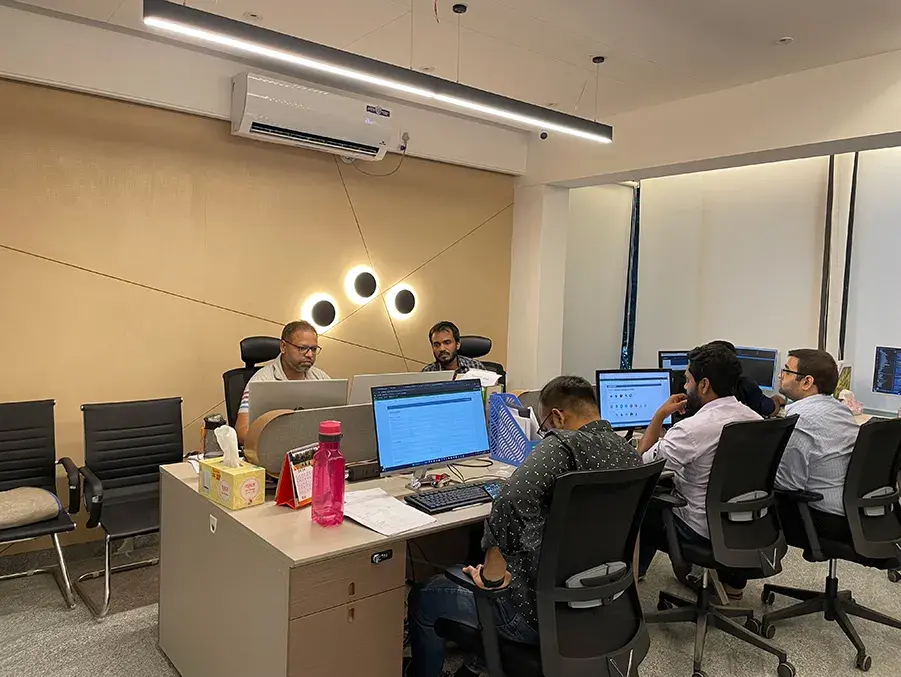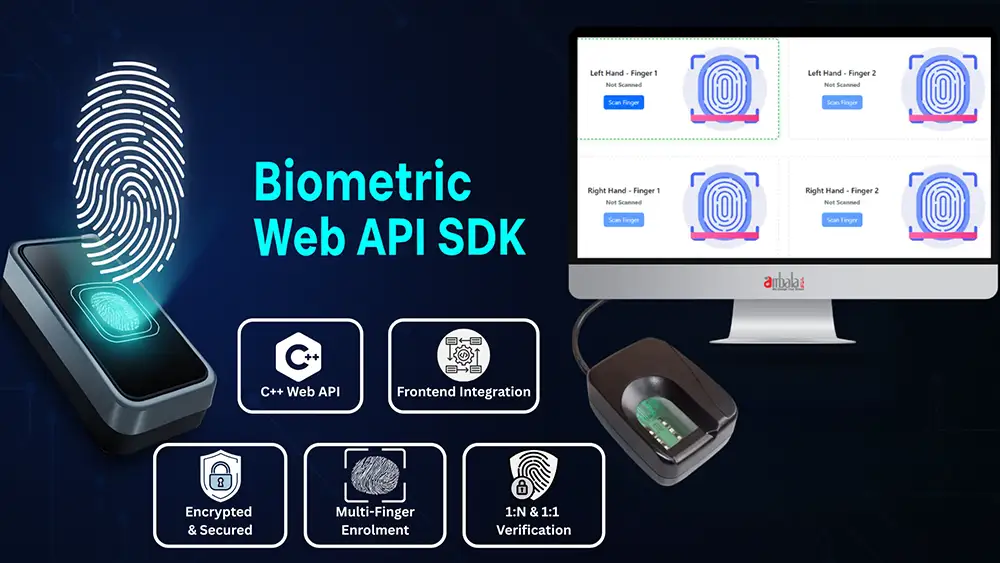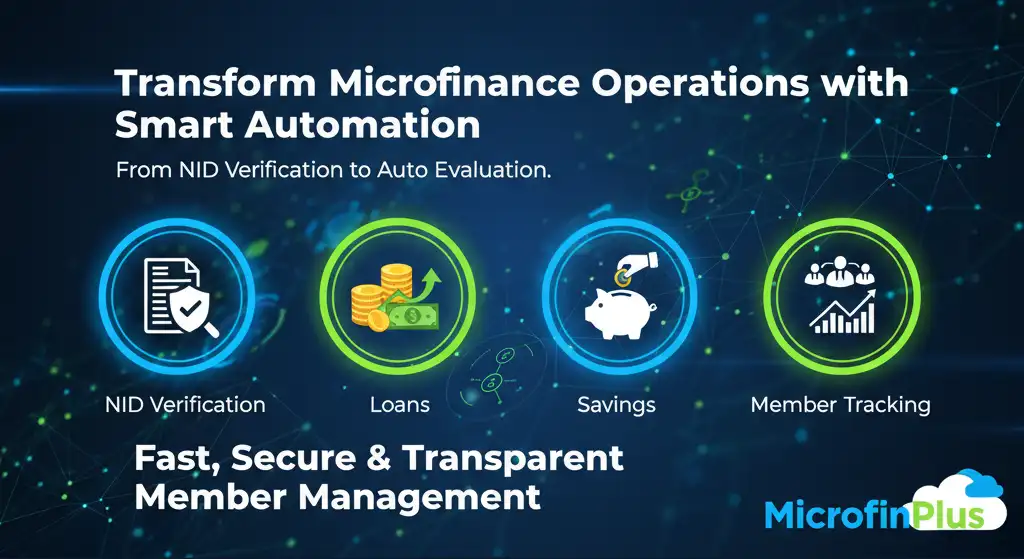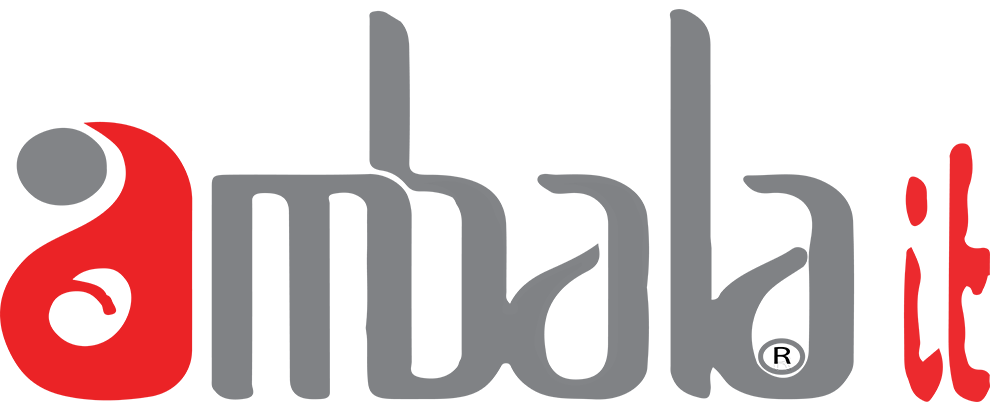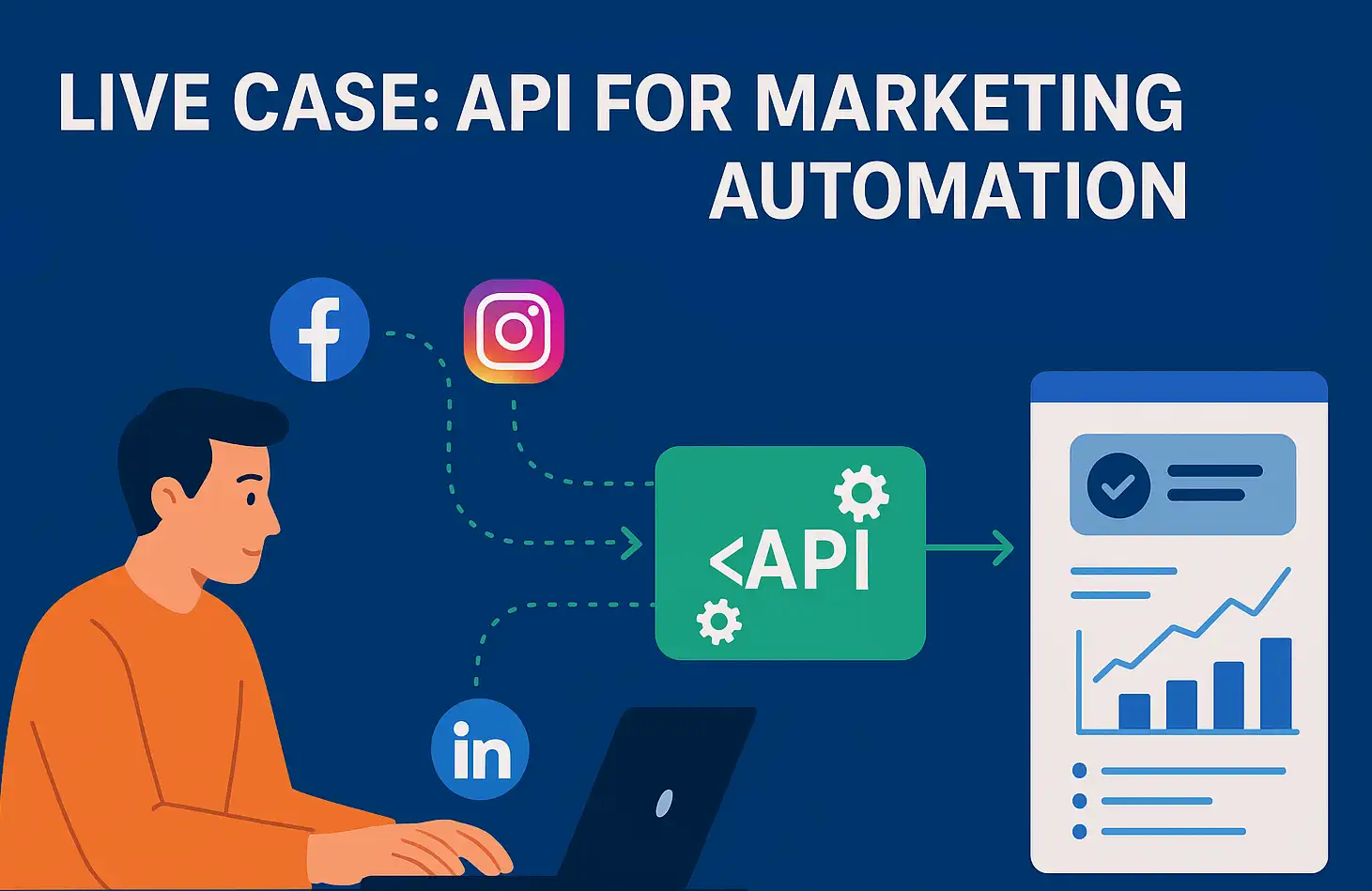
Live Case: Building a Social Media API for Marketing Automation in 2026
In today’s hyper-connected digital world, businesses no longer want to just “post and wait.” They need real-time automation, cross-platform engagement, and actionable analytics to drive results. This is where custom-built social media APIs come in—turning fragmented manual workflows into seamless, automated systems that boost efficiency, consistency, and ROI.
This live case examines the technical architecture, security measures, and implementation strategy involved in creating a Social Media API for Marketing Automation.
Why Build a Social Media API for Marketing Automation?
A social media API acts as a central hub, enabling businesses and agencies to:
- Automate publishing across multiple platforms (Facebook, Instagram, LinkedIn, X/Twitter).
- Manage approval workflows for content before publishing.
- Monitor engagement and collect analytics in real-time.
- Normalize data from different platforms into a unified reporting model.
- Reduce human effort while improving campaign consistency.
For marketing agencies, this transforms social media from a time-consuming manual task into a scalable, automated revenue driver.
Key Features
1. Automated Content Publishing
- RESTful Architecture: Treats posts, users, and comments as resources.
- Endpoints Example:
-
-
POST /api/v1/posts→ Create a new post.GET /api/v1/posts/:id→ Retrieve engagement metrics.POST /api/v1/schedules→ Schedule content across platforms.
-
- Scheduling Engine: Uses queues (Redis/RabbitMQ) to trigger timed publishing.
- Syndication: One post → multiple platforms with platform-specific adjustments.
2. Engagement Monitoring & Analytics
- Aggregates metrics (likes, shares, clicks, impressions, reach).
- Normalizes platform-specific data into a single schema.
- Supports filters (campaignId, platform, dateRange).
- Stores data in time-series DBs like ClickHouse or BigQuery for fast reporting.
3. Approval Workflows
- Content is submitted → reviewed → approved → scheduled → published.
- Roles like Admin, Manager, Editor, Viewer via RBAC (Role-Based Access Control).
High-Level Architecture
Client SDKs + Dashboard
👉 SDKs in Node.js, Python, Java, PHP, Swift/Kotlin.
👉 Dashboard for campaign management.
API Gateway
- Manages auth, rate limiting, validation, routing.
Core Microservices
- Auth Service → JWT, OAuth 2.0.
- Accounts Service → Manages encrypted social tokens.
- Analytics Service → Collects, normalizes, and stores metrics.
- Publishing Service → Handles post creation and scheduling.
- Webhook Service → Normalizes real-time platform events.
Storage Layer
- Postgres → Metadata (users, posts).
- ClickHouse/BigQuery → Analytics.
- Redis → Queues & caching.
- S3 → Media storage.
Security & Compliance
- OAuth 2.0 for social media account linking.
- JWT tokens for short-lived API client access.
- TLS everywhere + KMS encryption for tokens & sensitive data.
- Rate limiting to protect against abuse.
- Anomaly Detection → blocks suspicious behavior.
- Data Privacy Features → GDPR/CCPA compliance with retention & deletion.
Testing & QA Strategy
- Unit Tests → validate endpoints.
- Contract Tests → ensure platform adapters behave consistently.
- Integration Tests → use mocked APIs for Facebook, LinkedIn, etc.
- Load Testing → simulate campaign spikes.
- Pen Testing → check for token leaks, privilege escalation, and API abuse.
Risk Mitigation Strategies
- API Changes → Use abstraction layers to shield from breaking changes.
- Token Expiry → Auto-refresh workers, user re-consent notifications.
- Duplicate Posts → Idempotency keys, DB constraints.
- Rate Limits → Adaptive rate handling with token-bucket algorithms.
Example OpenAPI Blueprint (Minimal)

